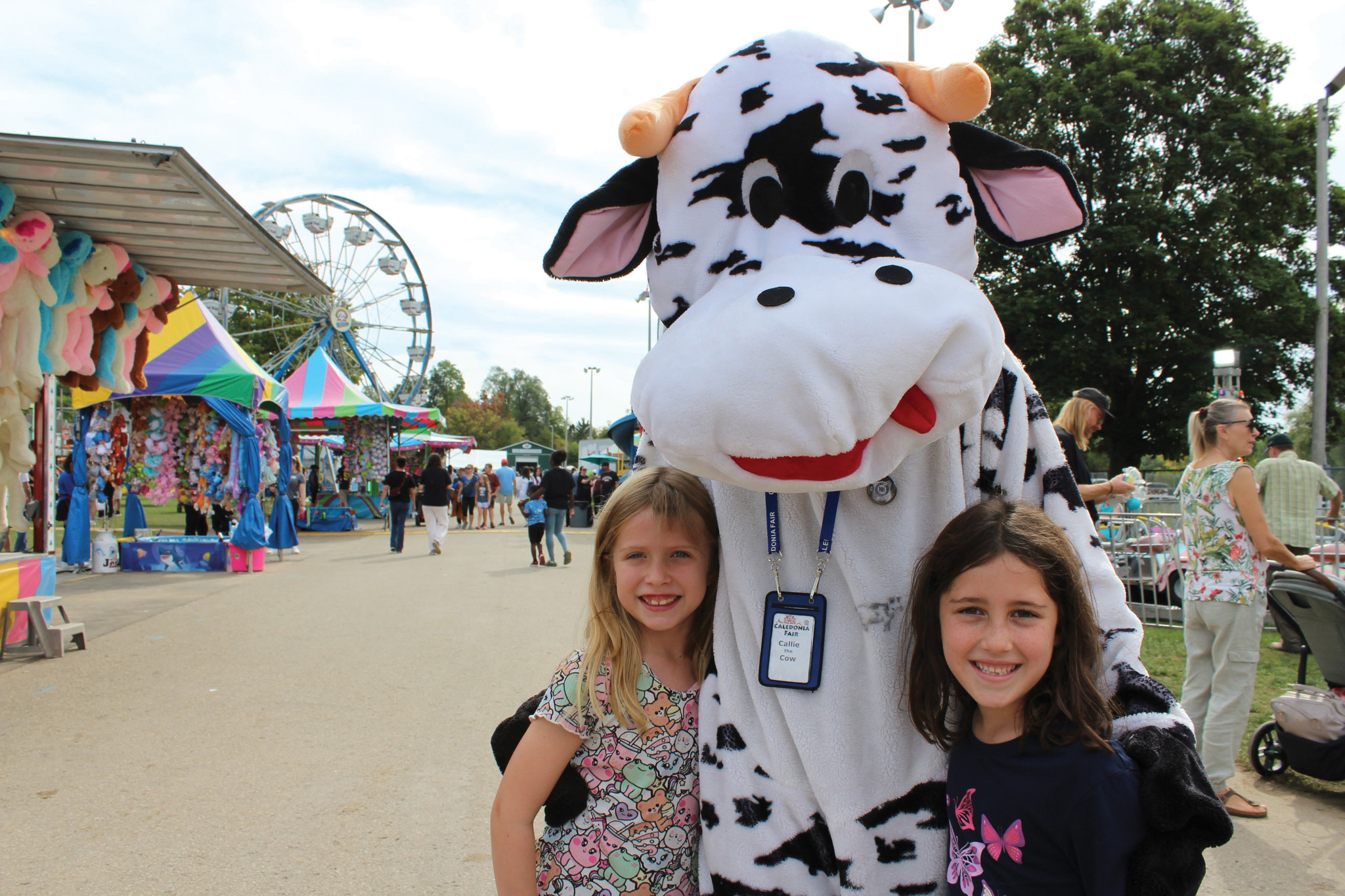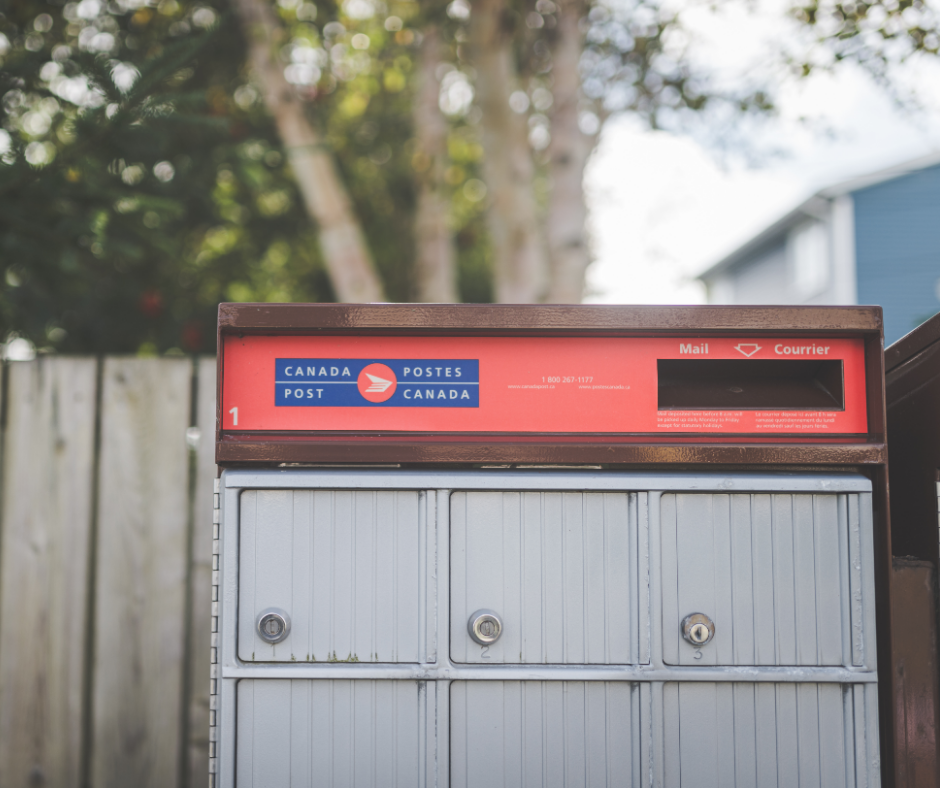RAINHAM CENTRE—The Canadian Drilling Rig Museum has celebrated what will be their last open house on their current site, but members are looking to keep the museum alive – even if it means moving and rebuilding.
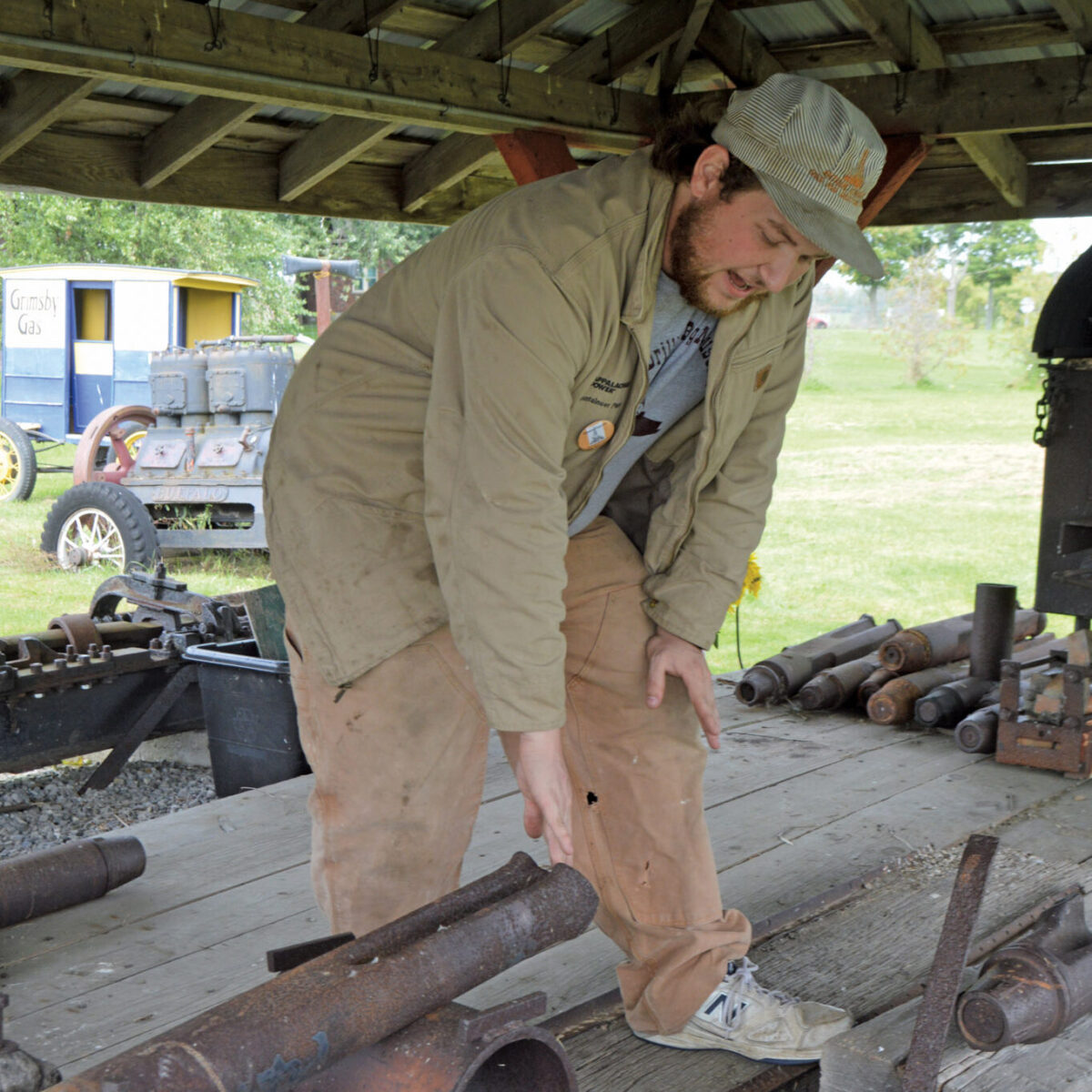
The event drew 200 people from all over to the one-of-a-kind-in-Canada site at in Rainham Centre between September 16 and 17, where they enjoyed food and vendors, and perused historical artifacts of a time when gas drilling was common work in Haldimand.
“This is one of those places you stumble upon during a vacation, and you realize exactly how valuable this spot is,” said lakeshore cottager and New York resident, Nancy Warton. “I’ve learned to appreciate people who cared enough to keep history relevant to inform us; we don’t really thinking about where gas comes from or how.”
The museum was created after the discovery of an antique steam-powered Canadian rig in Acton, originally built in Selkirk in 1904 and owned by a member of the Hoover family in Rainham Township until 1950. The rig drilled wells until 1961. A group reconstructed the 18.9-metre derrick over the natural gas display at the 1996 International Plowing Match, and the museum was created shortly afterward, moving the rig to donated land at Rainham Centre.
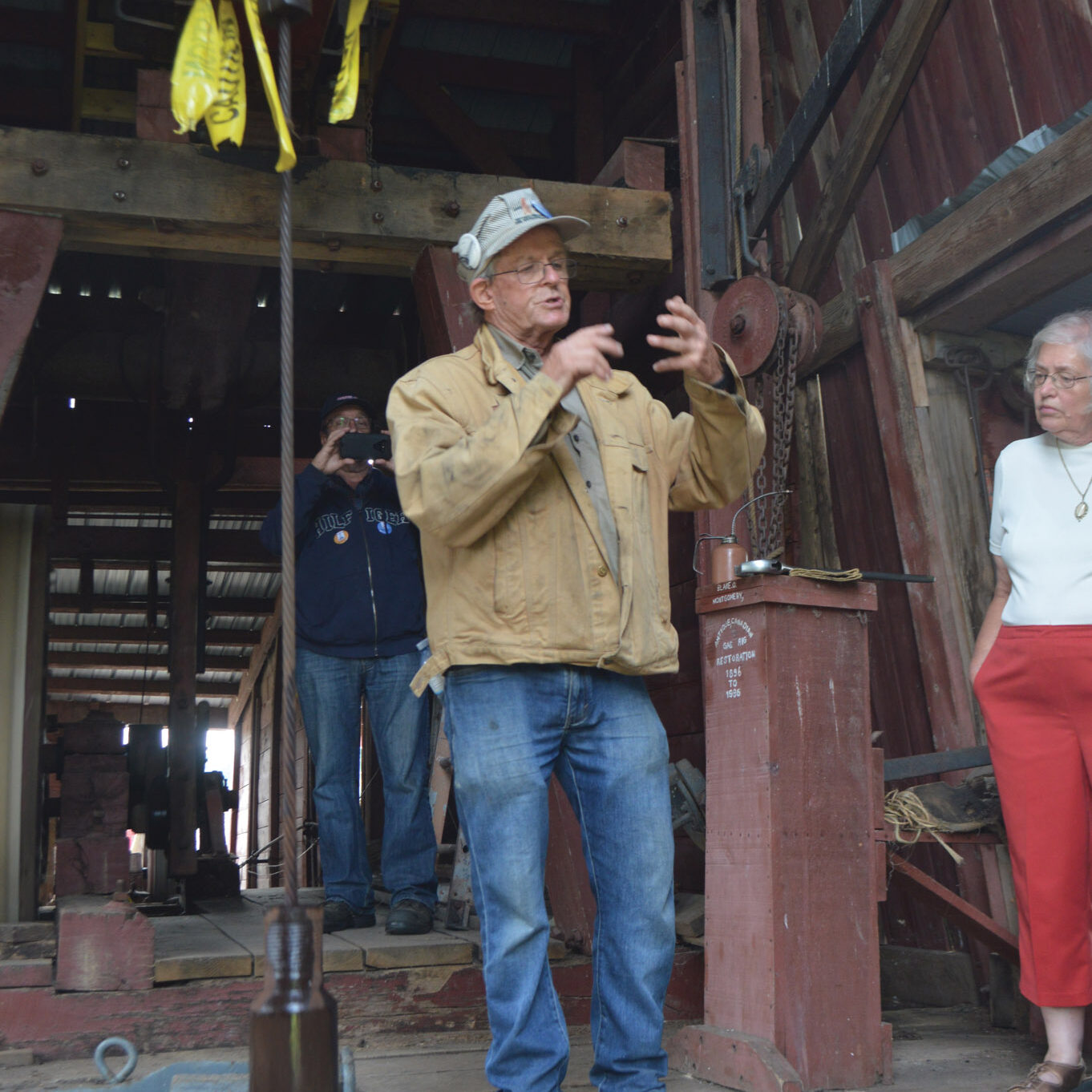
“There isn’t a museum like this in Canada today that monuments natural gas history,” said Acting President, Dawson Hoover.
“In this area, there isn’t a single house out there that at one point or another hasn’t had natural gas run to it,” he continued. “They heat your home, they cook your food.”
The Ministry of Natural Resources and Forestry has reported 4,227 gas wells in Haldimand alone, including many beneath the waters of Lake Erie.
Drilling in Haldimand began in the 1850s. Hoover, who is 10th generation, walked the property enthusiastically explaining the workings of historical objects and equipment donated or purchased throughout the years. He credited his interest to his time spent with his grandfather, former driller Jim Hoover, who became acting president in 2011.
“I started volunteering with my grandpa on the weekends and summers 2011,” said the 21-year-old. “Since then, every summer, I earned all of my high school volunteer hours here. I think I earned over a hundred here in one summer.”
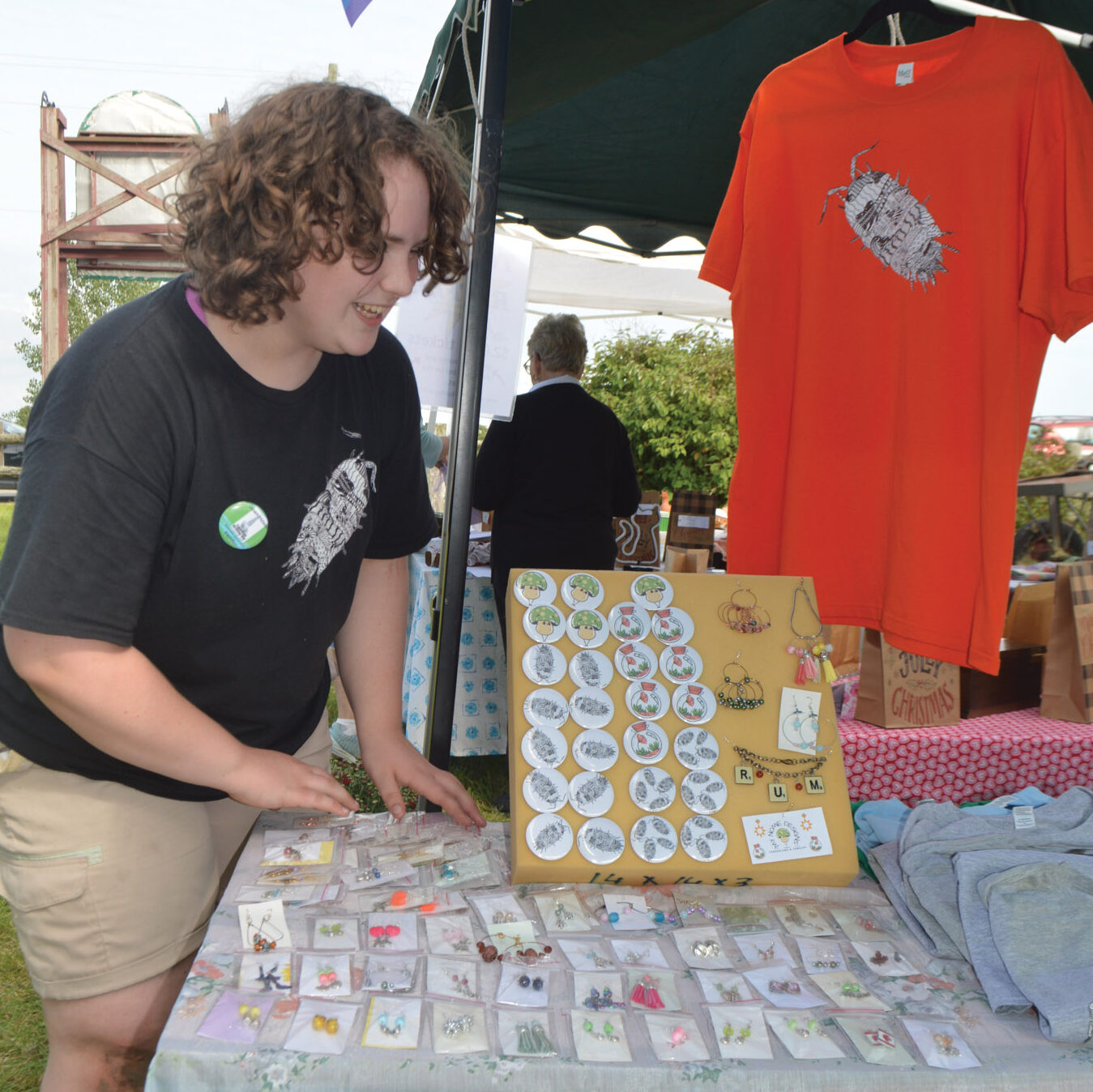
But membership has declined to the dozens, and even yard upkeep has become unaffordable.
“We had to let the guy who cut grass go, after 20 years,” said Hoover. “Every time we cut the grass, I’m just donating the money for my gas. There’s no way else to keep it going.”
Recently members learned that the land housing the drilling rig and museum would no longer be available, so the museum will have to move. Negotiations are underway as for how long the museum can run on its current site, but options have been limited.
Hoover said they looked to Haldimand County for a potential solution nearby, as Rainham Community Hall is across the street and without a committee for almost three years, on land where the museum and outdoor artifacts could theoretically be housed.
“I tried to form a committee, but it was unsuccessful because I don’t have an accountant to do the accounting work,” said Hoover. “(The County) said they would be selling the land if we don’t find a new committee.
“And we just don’t have the funds to buy the land.”
For information on membership or to discuss how you can help, email rig@canadiandrillingmuseum.com or call 905-776-2831.

